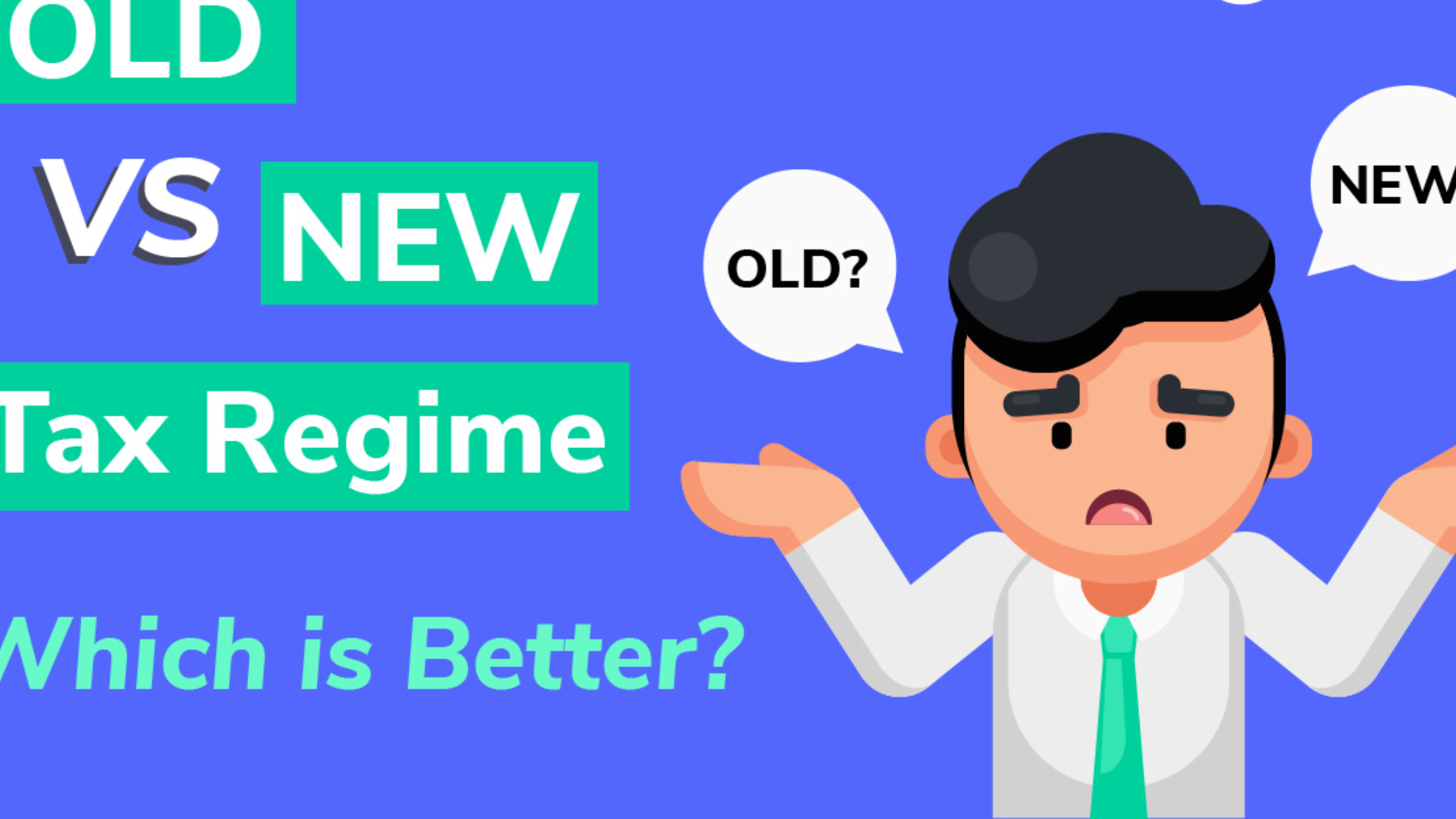The Budget 2024, recently unveiled by Finance Minister Nirmala Sitharaman, has introduced the new income tax regime, sparking discussions on whether the old or new tax structure will be more beneficial for various taxpayers.
New Income Tax Regime: Key Features and Implications
Starting April 1, 2024, the new income tax regime maintains a basic exemption limit of ₹3 lakh, with income up to this amount being tax-free. The revised tax slabs are as follows:
- Income from ₹3 lakh to ₹7 lakh: 5%
- Income from ₹7 lakh to ₹10 lakh: 10%
- Income from ₹10 lakh to ₹12 lakh: 15%
- Income from ₹12 lakh to ₹15 lakh: 20%
- Income above ₹15 lakh: 30%
One significant change is the increase in the standard deduction to ₹75,000, up from ₹50,000, which reduces taxable income for salaried individuals. Vaibhav Jain, Head of Business – Equities at Share.Market, notes that these adjustments aim to increase disposable income, particularly benefiting the salaried class and potentially boosting consumption.
Lohit Bhatia, President of the Indian Staffing Federation, highlights that the new regime, despite offering fewer exemptions, is especially advantageous for young professionals and new entrants to the job market. For example, individuals earning around ₹7.5 lakh annually could see zero tax liability under this regime, making it attractive for lower income brackets.
Old Income Tax Regime: Benefits and Considerations
The old income tax structure continues to allow for various deductions under sections such as HRA, 80C investments, medical insurance premiums, education loan interest, and charitable donations. According to Chintak Shah, Vice President at Anand Rathi Wealth Limited, those availing substantial deductions—exceeding ₹4.3 lakh—may find the old regime more beneficial in terms of tax savings.
For instance, deductions under section 80C alone can reach ₹1.5 lakh annually, significantly lowering taxable income. Additionally, deductions for HRA and medical insurance can further reduce tax liability, making the old regime preferable for individuals with considerable investments in these areas.
Choosing Between the Regimes: Key Factors
Deciding between the old and new tax regimes largely depends on individual financial situations and the extent of available deductions:
- Deductions and Investments: If you are currently benefiting from deductions such as HRA, 80C investments, or have significant medical or education expenses, the old regime might offer greater tax savings.
- Simplicity vs. Savings: The new regime, with its fewer deductions, offers simplicity but might not be as advantageous for those who fully utilize the deductions available under the old regime.
- Income Level: Higher earners, especially those above the ₹15 lakh threshold, may find the new regime less attractive due to higher tax rates.
- Long-term Planning: Future financial goals and potential changes in income levels should be considered when choosing between the two regimes.
While the new regime simplifies the tax process and could potentially reduce taxes for some, particularly those with moderate incomes and fewer deductions, the old regime continues to be advantageous for those with significant tax-saving investments and expenses. Consulting a financial advisor is recommended to make an informed decision based on individual circumstances and long-term financial goals.


















